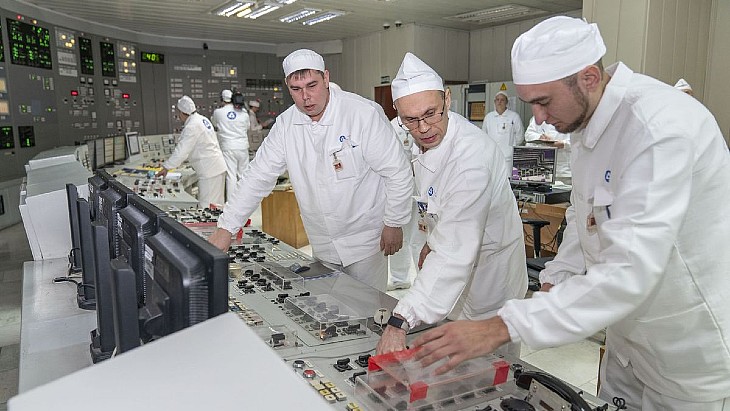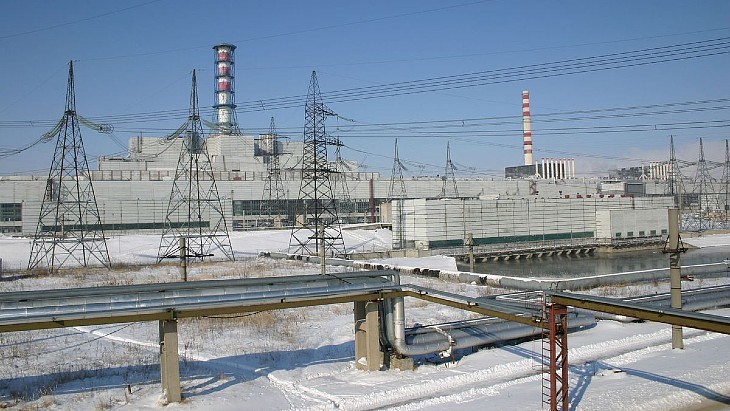Alexander Shutikov, director general of Rosenergoatom, said: "During the period of operation in generation mode, the second power unit generated more than 256 billion kWh of electricity. This volume is sufficient to ensure the current level of electricity consumption for 4.3 million Russian residents over the entire 45-year operating life of the power unit."
The first unit at Kursk was shut down in December 2021. The original design life for the four RBMK-1000 reactors at the plant was for 30 years but had been extended by 15 years following life extension programmes.
Although the second unit is no longer generating power for the grid, it is considered to be "in operation without generation" until nuclear fuel is completely removed - which in the first unit's case was two years after it was retired. Shutikov said: "As in the case of power unit No,1, which was shut down in December 2021, normal operations will be carried out at the second unit in the future, which, in fact, are practically no different from regular scheduled shutdowns."

(Image: Kursk NPP)
All the four units at Kursk are scheduled to shut by 2031. They are being replaced by new reactors at the Kursk II site, which is next to the original plant in western Russia, about 60 kilometres (37.5 miles) from the Ukraine border. It will feature four VVER-TOI reactors, the latest version of Russia's large light-water designs. They have upgraded pressure vessels and a higher power rating of 3300 MWt that enables them to generate 1300 MWe gross.





_30199.jpg)
_72306.jpg)

_49562.jpg)





